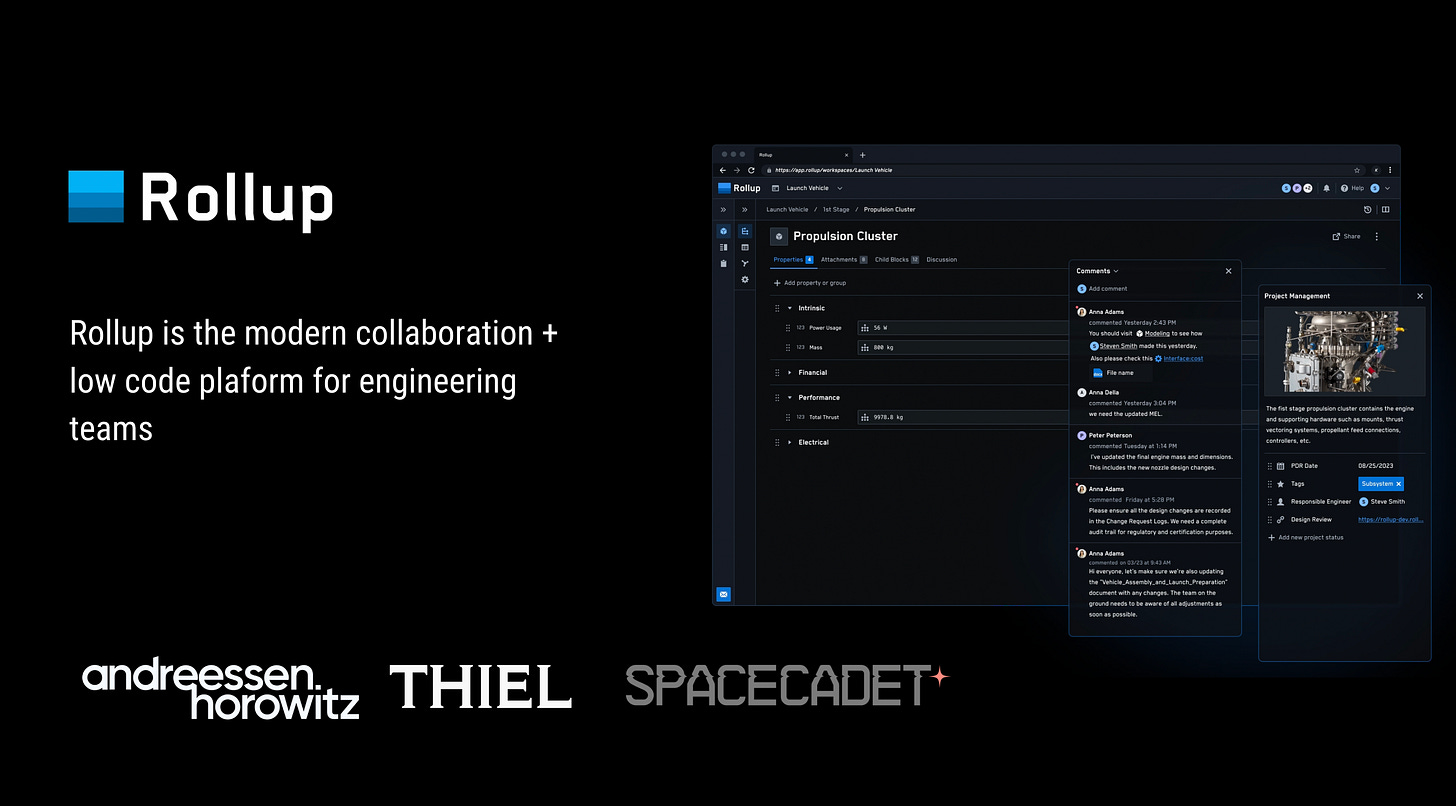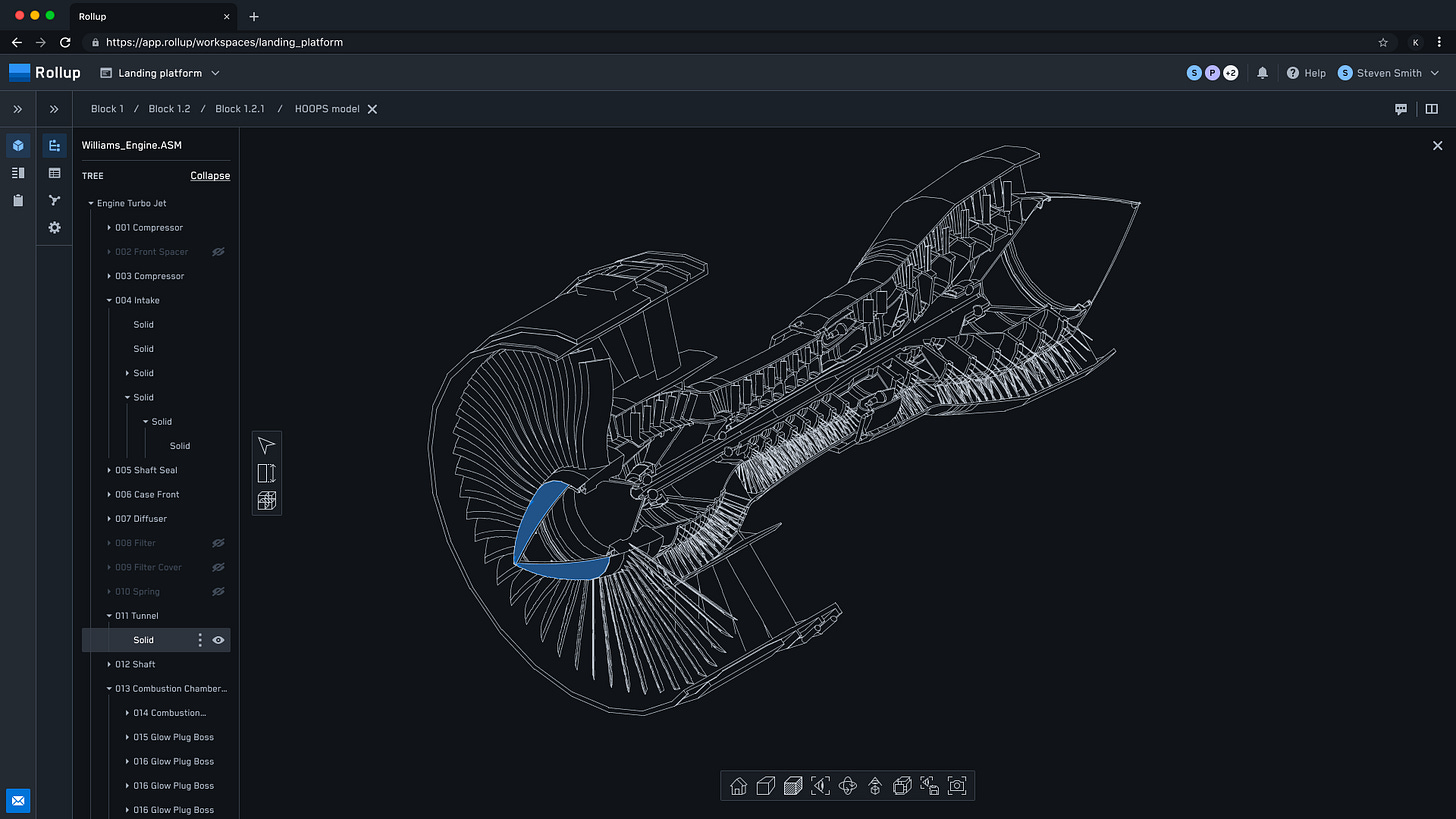The mass migration to the cloud and browser over the last decade has had a significant impact on the way we live and work. Yet, despite the widespread adoption of SaaS in many industries, the hardware design space has been slow to embrace this approach. The modern SaaS architecture has revolutionized productivity by allowing users to access & store data, information, and resources on-demand through the cloud. However, in the hardware design/development space, the adoption of this approach has been limited.
Today, most of the software used by engineers was developed more than 20+ years ago. Companies rely on numerous software tools including, CAD, JIRA, MATLAB, Confluence, MagicDraw, Autodesk CAE, Python, APIs etc. These tools cover only a narrow range of use cases and they rarely integrate with one another, resulting in engineering data and files being isolated. Modern engineering companies need to integrate increasingly complex multi-domain systems across teams.
One of the main reasons for the slow adoption of cloud-based offerings is due to the complexity of the design process for hardware. Designing hardware involves multiple stages, including concept design, simulation, prototyping, and testing. Each stage requires specialized tools and equipment that are not often available via the cloud. Hardware design also generates large datasets, such as design files, simulation results, numerical analysis, and test data, making it data-intensive. Since complex hardware systems often contain sensitive and proprietary data, most solutions available in the market are designed to be deployed on-premise or in a private cloud (VPC).
Siloed data and expensive workflows lead to error prone results…
Siloed data and expensive workflows often lead to error-prone results, as seen in the case of the Mars Climate Orbiter. The $190m robotic space probe was designed to study the martian atmosphere and climate. However, a metric math error caused the probe to re-enter the Martian atmosphere and quickly burn up. The navigation team at the Jet Propulsion Laboratory (JPL) used the metric system of millimeters and meters in their calculations, while Lockheed Martin Astronautics in Denver, Colorado, which designed and built the spacecraft, provided crucial acceleration data in the English system of inches, feet, and pounds. The crash showed that even smallest software errors can have catastrophic consequences, particularly in mission critical systems such as space exploration. Mistakes like this are common in engineering, emphasizing the need for better software.
Introducing Rollup
Rollup is a next-generation real-time, web-based environment for collaborative engineering of complex hardware systems. Rollup surfaces all relevant engineering data in a single place to reduce friction and to empower engineers, while allowing them to use that data to model and evaluate system architectures.
With Rollup, teams can:
Centralize engineering data that lives across many environments
Replace an array of legacy desktop-based software for systems engineering
Leverage deep integrations with design and analysis tools engineers know and love
Rollup removes the need for manual handoff of engineering data, unblocking engineers and avoiding delays. It helps companies avoid stale data and misconfigured information, reducing critical errors and constantly comparing parameters against requirements. By centralizing the architecture, models, and parameters, Rollup allows teams to evaluate and optimize their designs at a much faster pace.
Browser-based software has had a profound impact on productivity and collaboration. By embracing these tools and software like Rollup, I believe that we are better positioned as a society to continue innovating.
I’m thrilled to be backing the founder of Rollup, Collin Mickels, who brings deep experience in the engineering design lifecycle. Collin worked as an aerospace engineer at NASA, Blue Origin, and Varda Space Industries. After my first meeting with Collin, I was impressed by not only his technical expertise but also the unwavering passion and vision he has for future of engineering.
Proud to be participating in Rollup’s $5.6M Seed round led by Andreessen Horowitz with participation from Peter Thiel, Joshua Browder, Justin Mateen (Co-founder of Tinder), Dan Piemont (ABL Space Systems), and Alumni Ventures.






